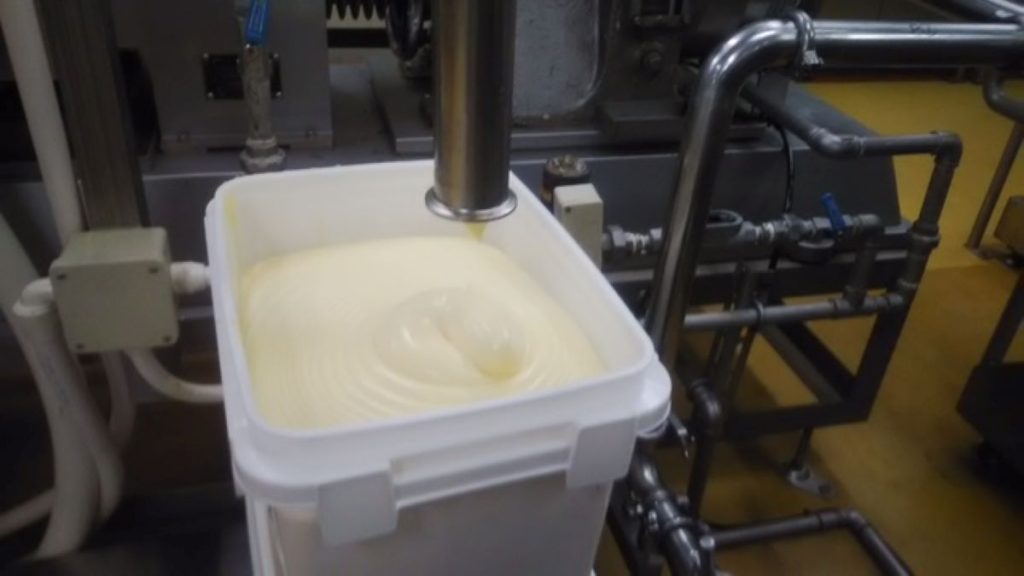
Biogas power generation facility fueled by waste mayonnaise from Kewpie – Fukaya City, Saitama Prefecture. (Photo courtesy of Kewpie)
Read the full story on Japan 2 Earth - Kewpie Channels Excess Mayonnaise into Power Generation, Curbing Waste
Kewpie, the company that pioneered mayonnaise sales in Japan, is actively pursuing an innovative approach to converting waste mayonnaise into fuel for biogas power generation.
Reducing Waste
The inspiration for this initiative originated with a pig farmer in Fukaya City, Saitama Prefecture, who was using potato peels from Kewpie as feed for pigs. The pig farmer was generating power from pig manure and methane-producing bacteria. But the farm faced challenges in keeping the project going. The high moisture and low-calorie content of pig manure meant it produced only a limited amount of gas when fermented.
Meanwhile, Kewpie was grappling with waste mayonnaise generated in producing its many types of commercial use products. Mayonnaise residues had to be cleaned from pipes when switching production from one product to another, and this food residue ended up as waste for disposal.

The company's efforts to reduce waste through pipeline shortening resulted in a reduction of waste to one-third by 2022, compared to 2015 volume. Still, the company was losing approximately 0.47% of its annual production volume and paying fees for incineration of this waste.
Continue reading the full story on Japan 2 Earth to learn more about how Kewpie recycles its mayonnaise waste.
And find more great articles on the environment and the challenges of achieving the SDGs on our new website Japan 2 Earth (J2E), sparking a transition to a sustainable future.
RELATED:
- Turning Food Waste into Energy: Methane Power Plant Opens in Sagamihara City
- Biogas from Food Waste at the Osaka Expo Earmarked for Use in LNG Substitute
- Sake Brewery in Yamanashi Shifts to Zero-Emission Hydroelectric Power
(Read the article in Japanese.)
Author: Katsufumi Sato







